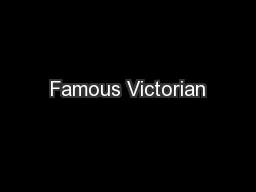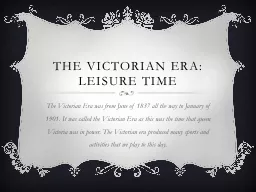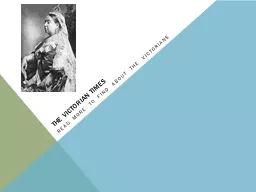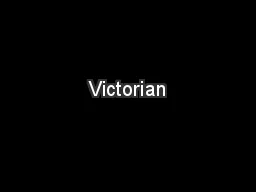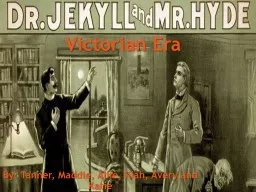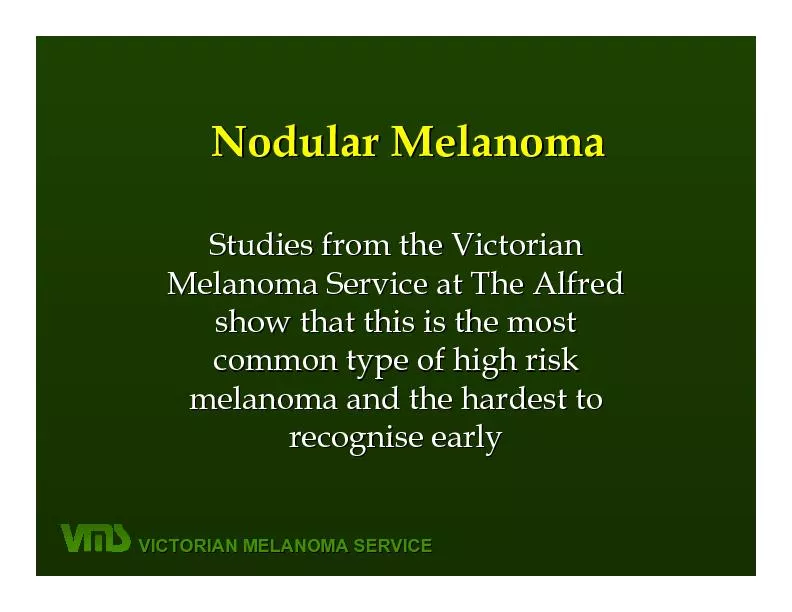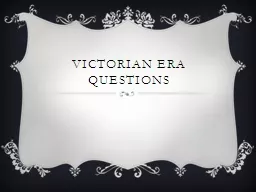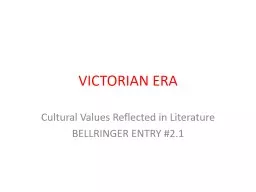PPT-Famous Victorian
Author : tatiana-dople | Published Date : 2015-11-13
Florence Nightingale Lady with the Lamp By David Purcell P7K Who was she NAME Florence Nightingale OCCUPATION Nurse BIRTH DATE May 12 1820 DEATH DATE Aug
Presentation Embed Code
Download Presentation
Download Presentation The PPT/PDF document "Famous Victorian" is the property of its rightful owner. Permission is granted to download and print the materials on this website for personal, non-commercial use only, and to display it on your personal computer provided you do not modify the materials and that you retain all copyright notices contained in the materials. By downloading content from our website, you accept the terms of this agreement.
Famous Victorian: Transcript
Download Rules Of Document
"Famous Victorian"The content belongs to its owner. You may download and print it for personal use, without modification, and keep all copyright notices. By downloading, you agree to these terms.
Related Documents

